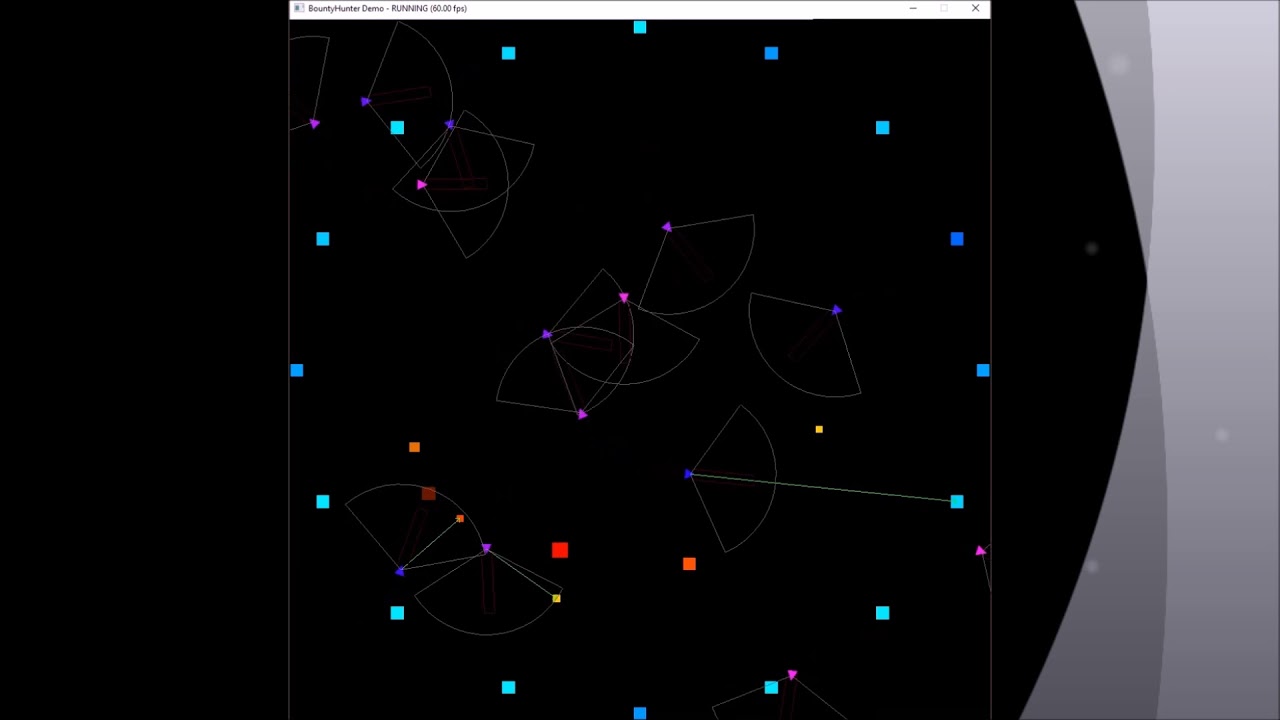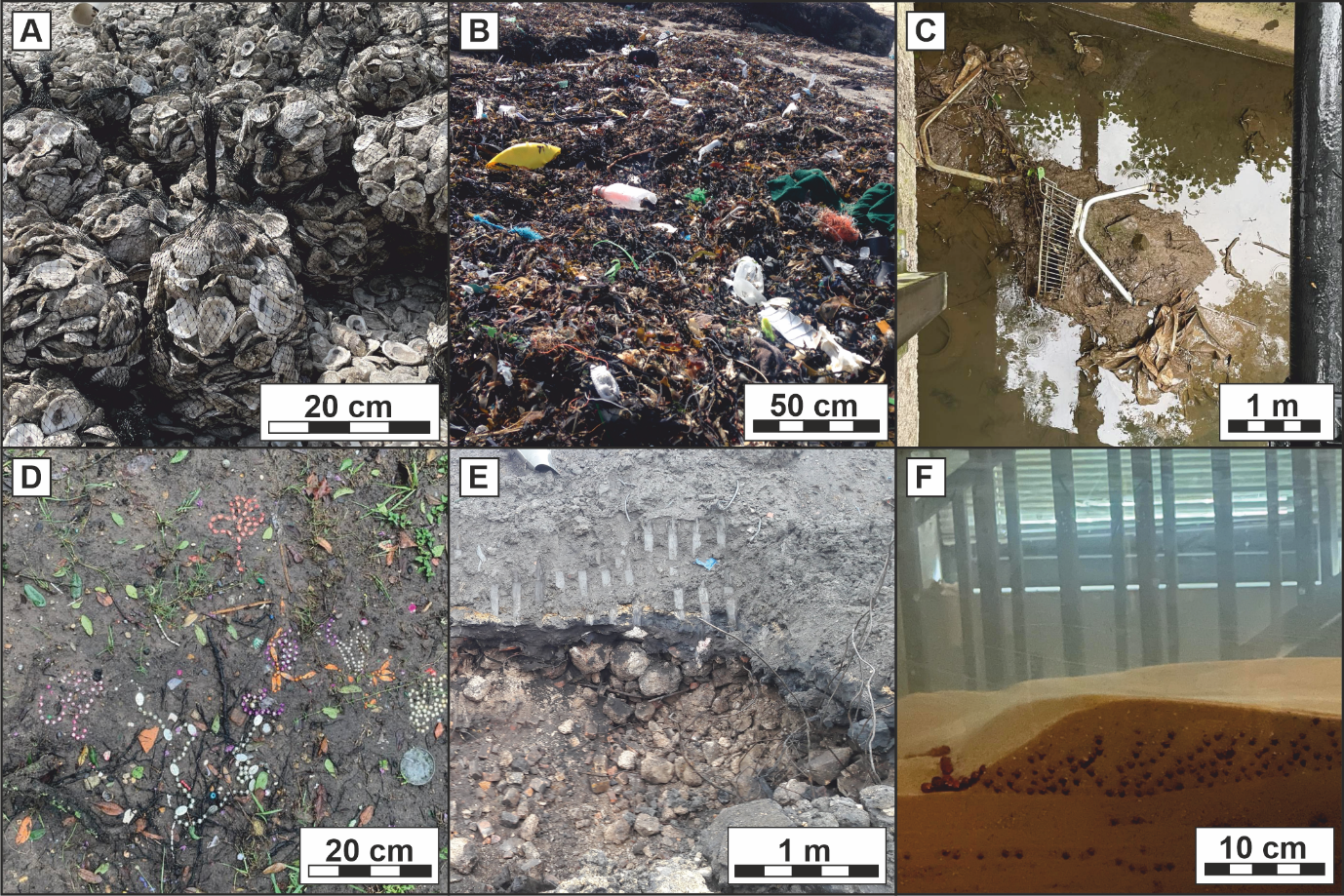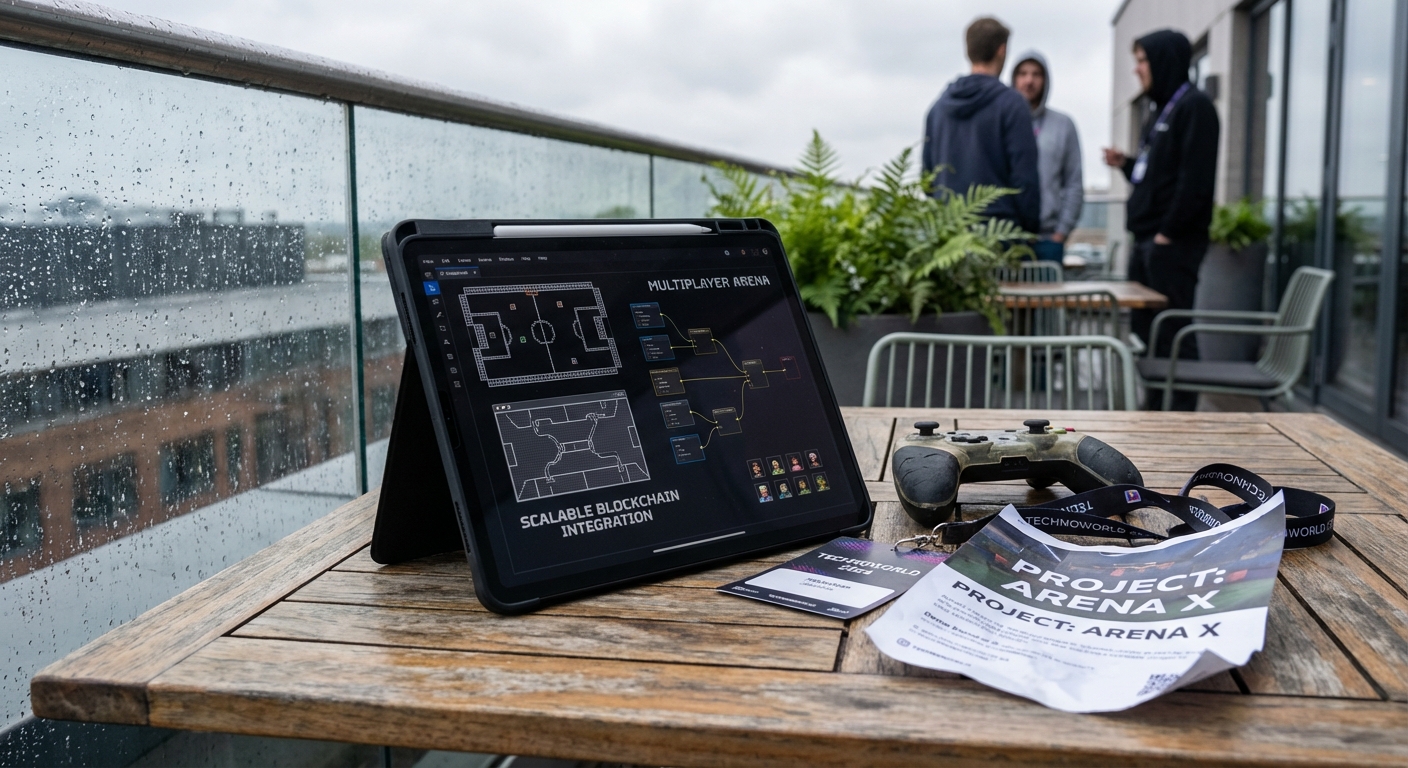How MUD and Dojo Frameworks Are Powering the Next Wave of Fully On-Chain Games

Blockchain gaming is evolving fast, and fully on-chain games are quickly moving from niche experiments to the next big wave in Web3 entertainment. At the heart of this movement are two powerful frameworks – MUD and Dojo – that are transforming how developers build, deploy, and scale decentralized games. These frameworks are not just technical toolkits; they’re catalysts for a new generation of games where every move, asset, and outcome is provable on-chain.
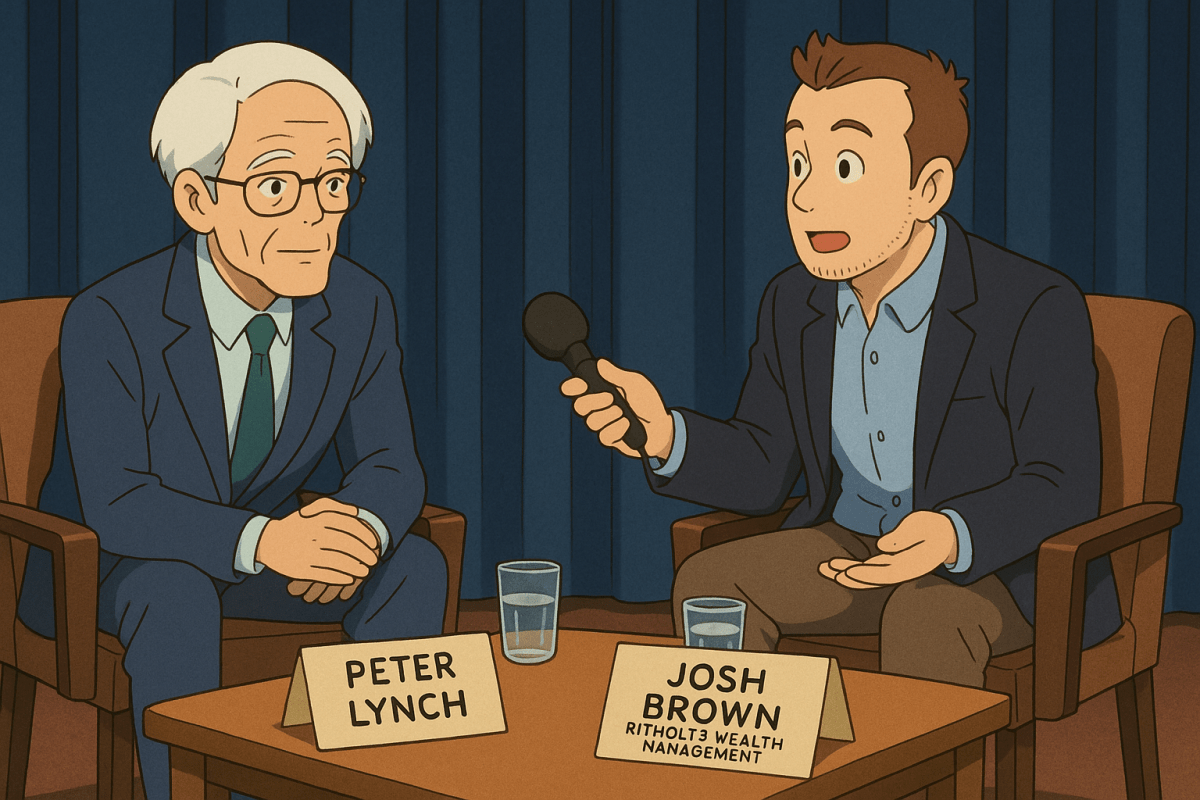
Why Fully On-Chain Games Matter
Traditional blockchain games often store only assets or sparse game logic on-chain, relying heavily on centralized servers for gameplay mechanics. This hybrid approach can undermine the core benefits of decentralization: transparency, composability, and true player ownership. In contrast, fully on-chain games put all game logic and state directly onto the blockchain, ensuring that every action is transparent and tamper-proof. This paradigm shift unlocks “autonomous worlds” – persistent universes governed by smart contracts rather than companies.
The challenge? Building these worlds used to be daunting. Managing complex data structures, synchronizing state between clients and contracts, and keeping everything scalable required deep expertise in both blockchain engineering and game development. Enter MUD and Dojo.
MUD Framework: Modular Tools for Ethereum Game Developers
MUD is a framework purpose-built for creating complex Ethereum applications – especially fully on-chain games. Its secret sauce lies in its use of the Entity-Component-System (ECS) architecture. Instead of tangled inheritance trees or rigid object hierarchies, ECS separates data (components) from logic (systems), allowing developers to mix-and-match features with modular precision.
- Simplified State Management: MUD standardizes how data is stored on chain, making it easy to synchronize state across contracts and clients without custom networking code.
- No Custom Indexers Needed: With general-purpose indexers built-in, developers can skip writing bespoke indexing logic to query game state.
- Seamless Upgrades: Contracts can be upgraded without breaking existing data or player progress.
- Optimistic Updates and Automatic Types: Frontends stay snappy with optimistic updates while type generation keeps codebases robust.
This approach has already powered innovative titles like Sky Strife (a real-time strategy game with an “Ember Crown” escape mechanic), Kamigotchi (an idle PvP RPG), and Muddy Forest (space conquest at scale). By abstracting away much of the blockchain complexity, MUD lets developers focus on gameplay rather than low-level infrastructure.
Dojo Framework: Building Provable Autonomous Worlds on Starknet
If MUD is Ethereum’s champion for game devs, Dojo brings similar firepower to Starknet – a Layer 2 scaling solution using Cairo smart contracts. Dojo isn’t just about putting games on chain; it’s about making them “provable. ” That means every move in a Dojo-powered game can be cryptographically verified by anyone at any time. This level of transparency ensures fairness while opening up new design space for autonomous worlds where players set the rules as much as developers do.
- Torii: An automatic indexer delivering real-time GraphQL/GRPC interfaces so clients can render up-to-the-second game states without lag.
- Katana: A gaming-specific sequencer designed for lightning-fast throughput – ideal for both local dev environments and live deployments.
- Sozo: A toolchain that makes building, testing, and deploying new worlds as frictionless as possible for teams large or small.
The result? Rapid iteration cycles for devs and seamless gameplay experiences for users – all with the security guarantees that only fully verifiable smart contracts can provide. For more technical deep dives into how Dojo enables autonomous worlds via zero-knowledge proofs, check out their official resources at dojoengine.org/faq.
Key Differences: MUD vs Dojo Framework On-Chain Games
-
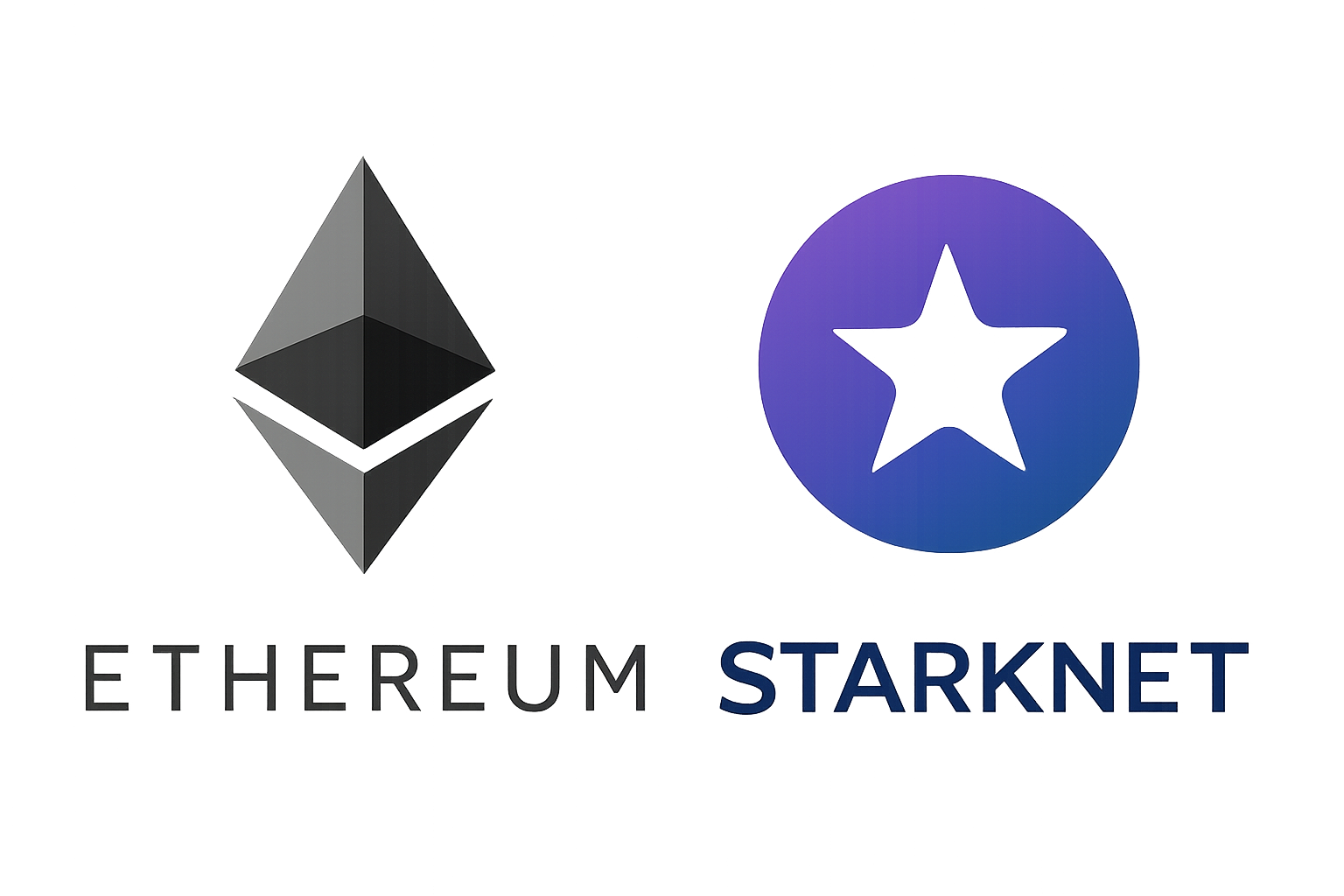
Blockchain Focus: MUD is designed for Ethereum and EVM-compatible chains, while Dojo is built for Starknet using Cairo smart contracts, enabling different scalability and security models.
-
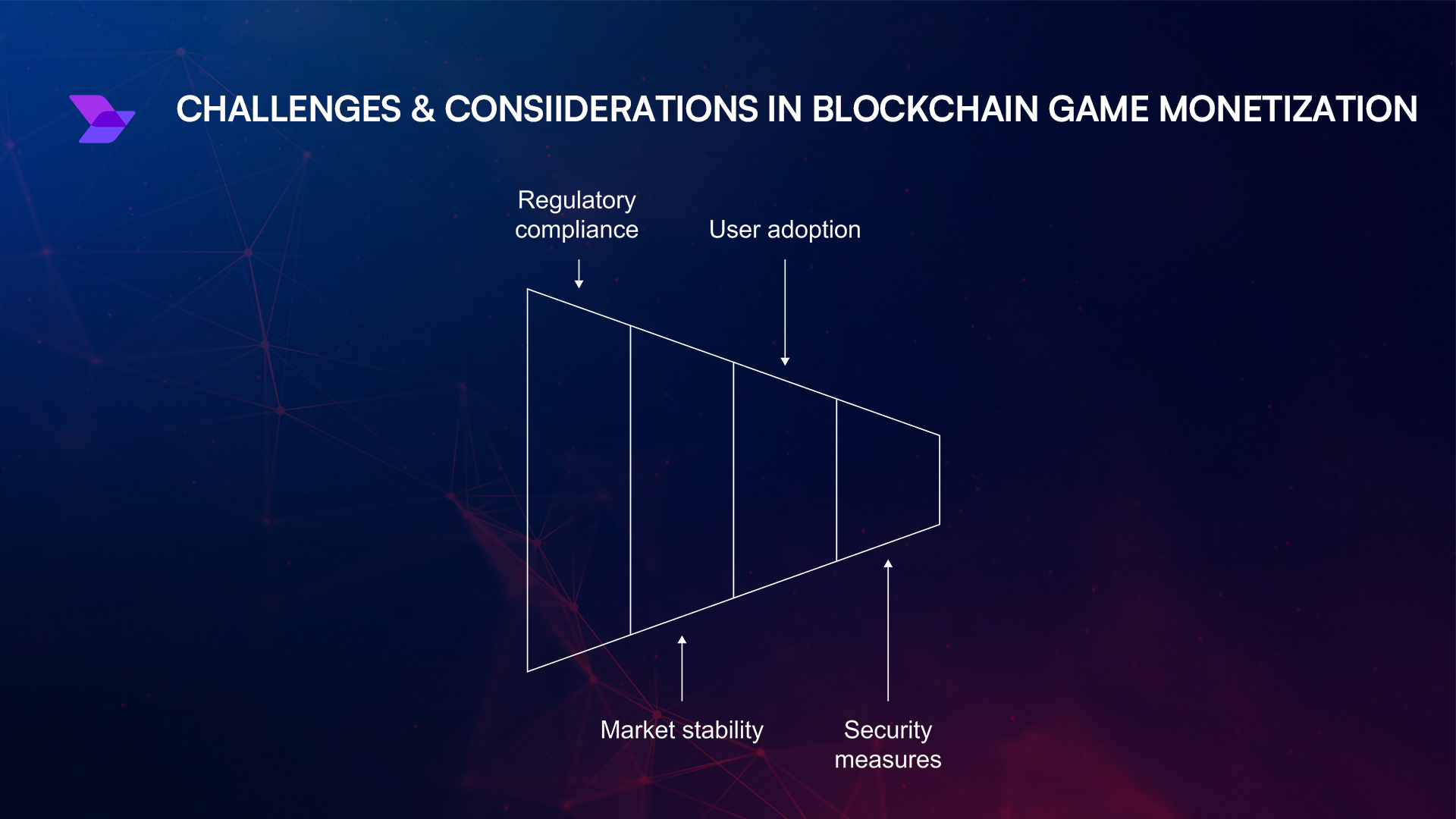
Architecture: Both use Entity-Component-System (ECS) architecture, but MUD emphasizes modularity and rapid prototyping for Ethereum apps, whereas Dojo adapts ECS for provable games and autonomous worlds on Starknet.
-
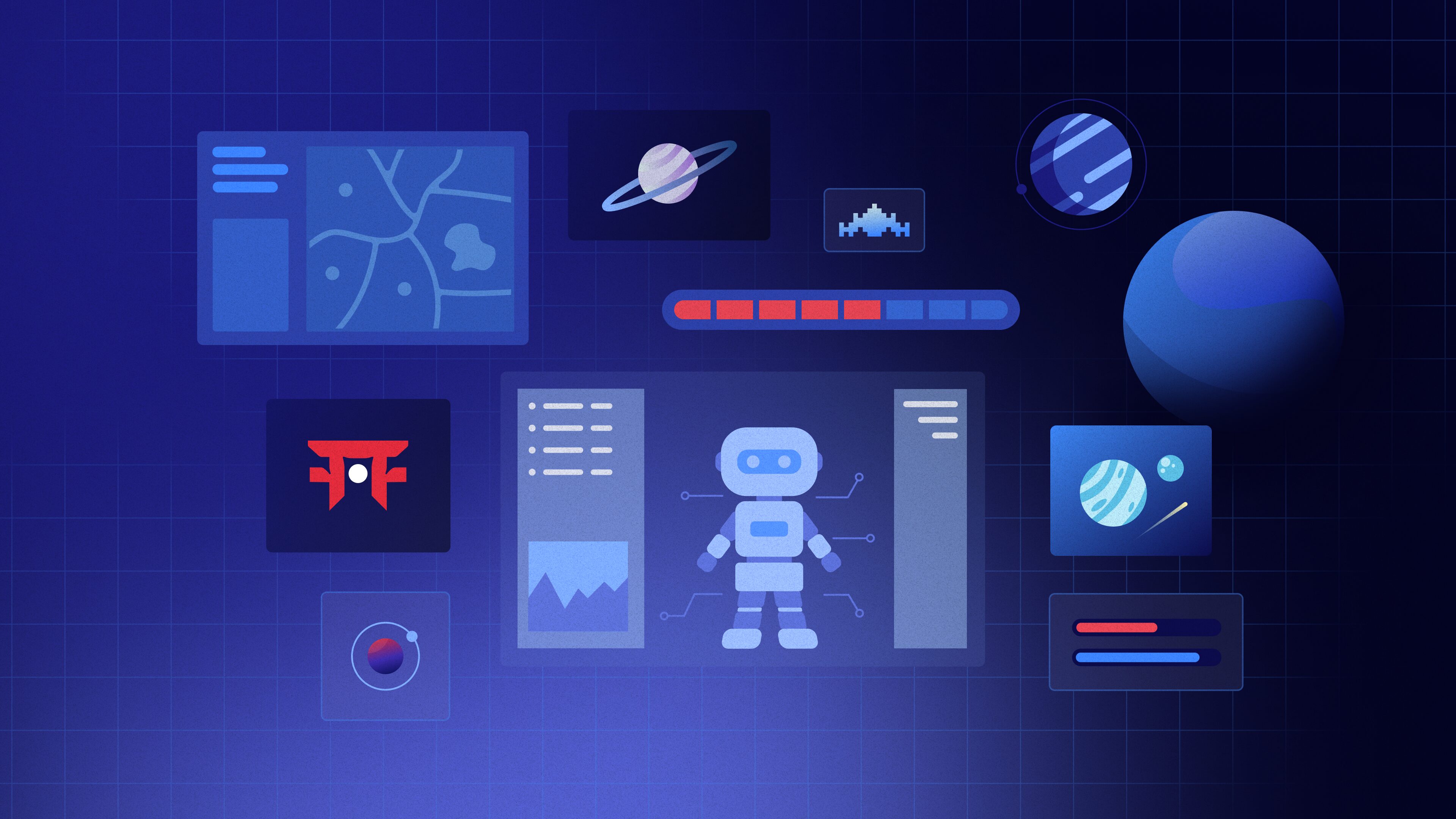
Development Tooling: MUD offers automatic type generation, state synchronization, and general-purpose indexers for Ethereum. Dojo features Torii (a high-performance indexer), Katana (a gaming sequencer), and Sozo (a deployment toolchain) tailored for Starknet.
-
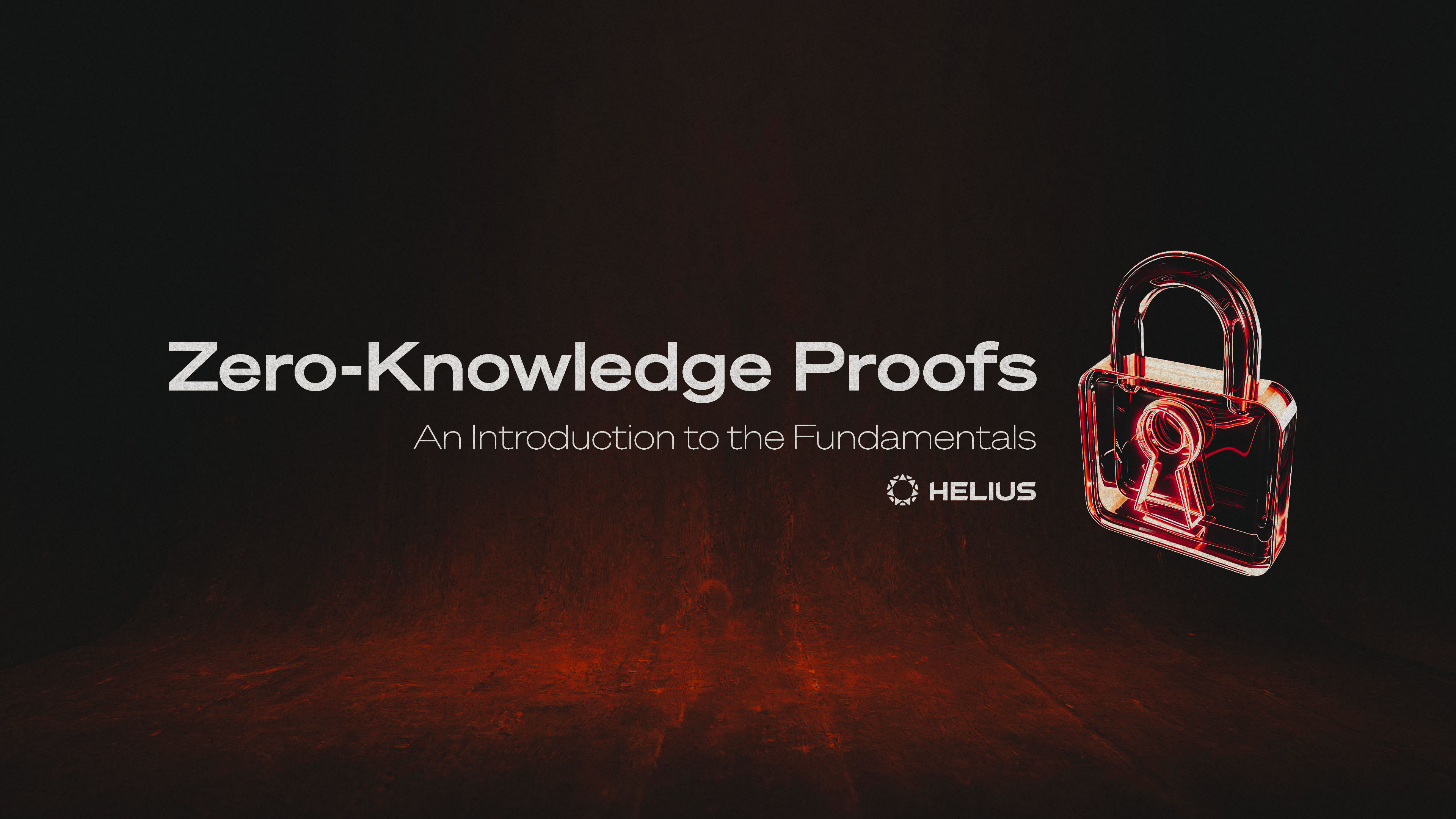
Provability & Transparency: Dojo leverages zero-knowledge proofs for provable, verifiable game logic and state changes, enhancing fairness. MUD focuses on standardized data storage and seamless contract upgrades for transparency on Ethereum.
-
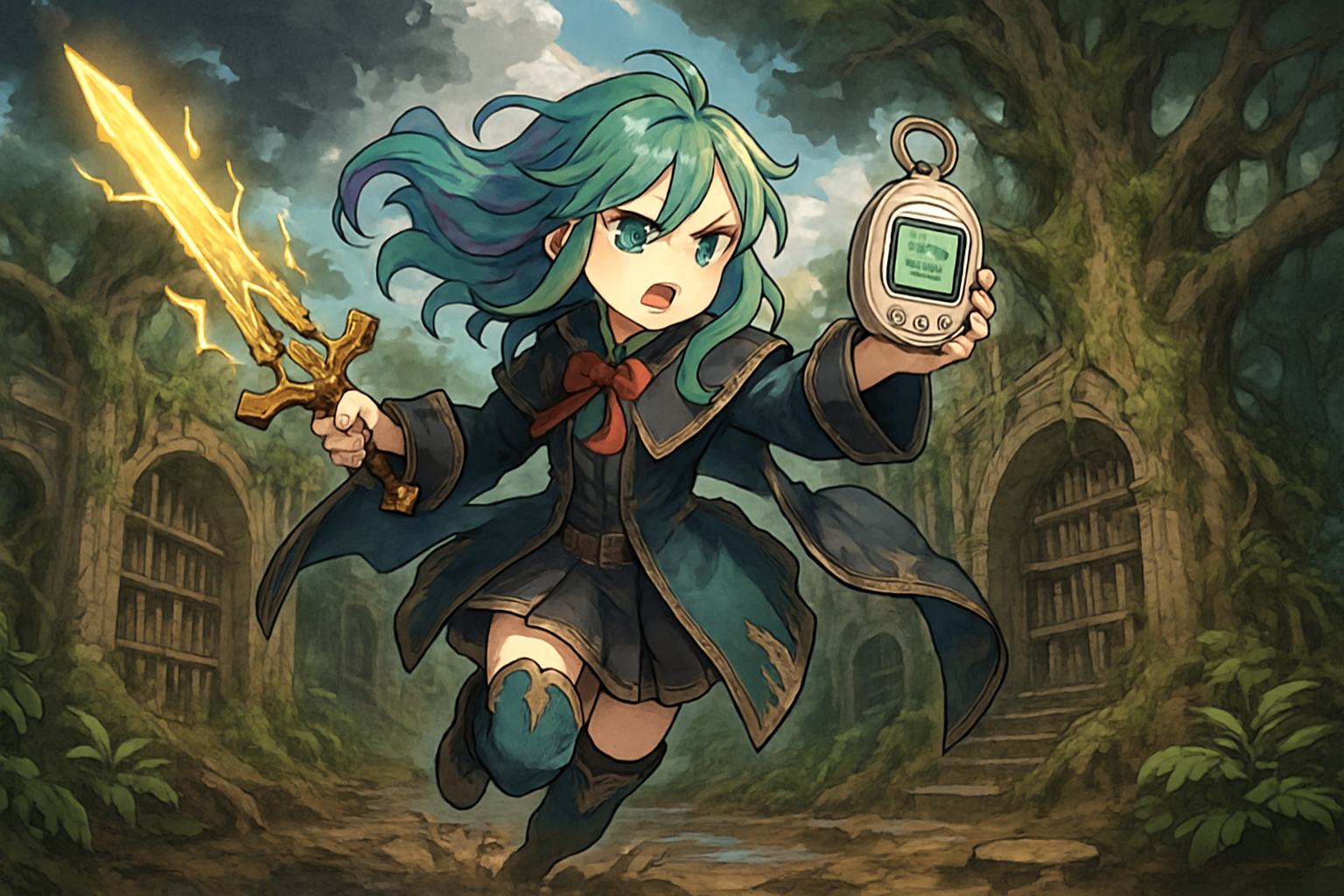
Notable Games: MUD powers games like Sky Strife, Kamigotchi, and Muddy Forest on Ethereum. Dojo is used by projects like BibliothecaDAO and other autonomous world experiments on Starknet.
The Full Stack Future: Why Developers Are Flocking to These Frameworks
The combination of standardized architectures (ECS), powerful developer tooling (from indexers to deployment scripts), and robust scalability solutions means that building a fully on-chain game in 2025 looks nothing like it did even two years ago. Instead of wrestling with low-level Solidity or Cairo quirks for months just to get a prototype running, teams can now go from idea to playable demo in weeks – sometimes even days during hackathons like ETH AW or Pragma.
What’s truly transformative is the way MUD and Dojo are lowering the barrier to entry for both indie developers and established studios looking to experiment with fully on-chain game development. Their open-source nature means that best practices, innovations, and even entire game mechanics can be forked, remixed, and iterated on by anyone. This has led to a vibrant ecosystem of composable games and shared infrastructure, where a new developer can stand on the shoulders of giants from day one.
For players, this shift is equally profound. Fully on-chain games built with these frameworks offer real digital ownership, your assets truly belong to you, not to a central server or publisher. Game worlds persist independently of any single company’s fortunes or decisions. And thanks to transparent smart contracts, exploits and unfair advantages are far harder (if not impossible) to hide.
Emerging Game Genres and Use Cases
The flexibility of MUD and Dojo is already giving rise to entirely new genres in Web3 gaming. We’re seeing large-scale MMOs where every resource transaction is trustless, strategy games with player-governed economies, and idle RPGs where characters evolve based on code rather than secret server logic. Developers are also experimenting with cross-game interoperability: items or achievements earned in one world can be verified and used in another, thanks to standardized contract interfaces.
As more projects launch atop these frameworks, expect rapid innovation in gameplay mechanics, player-driven governance models, and even AI-powered autonomous agents that participate as first-class citizens within these worlds.
Challenges Ahead, and Opportunities for Builders
No technology is perfect out of the gate. Fully on-chain games still face hurdles around blockchain scalability (especially for high-frequency actions), onboarding mainstream players unfamiliar with wallets or gas fees, and ensuring sustainable economic models in open ecosystems. Yet this is precisely why frameworks like MUD and Dojo matter, they abstract away much of the complexity so creators can focus on solving these higher-level challenges.
If you’re considering building your own decentralized game or autonomous world, now is the time to dive into these ecosystems. The documentation for both MUD and Dojo is improving rapidly; community-run hackathons offer support; and there’s an ever-growing library of open-source modules ready for reuse.
Top Tips for Starting On-Chain Game Dev with MUD & Dojo
-

Utilize Built-In Development Tools: Take advantage of MUD’s automatic type generation and state synchronization, or Dojo’s Sozo toolchain for building, testing, and deploying your game world. These tools streamline the development process and reduce manual setup.
-
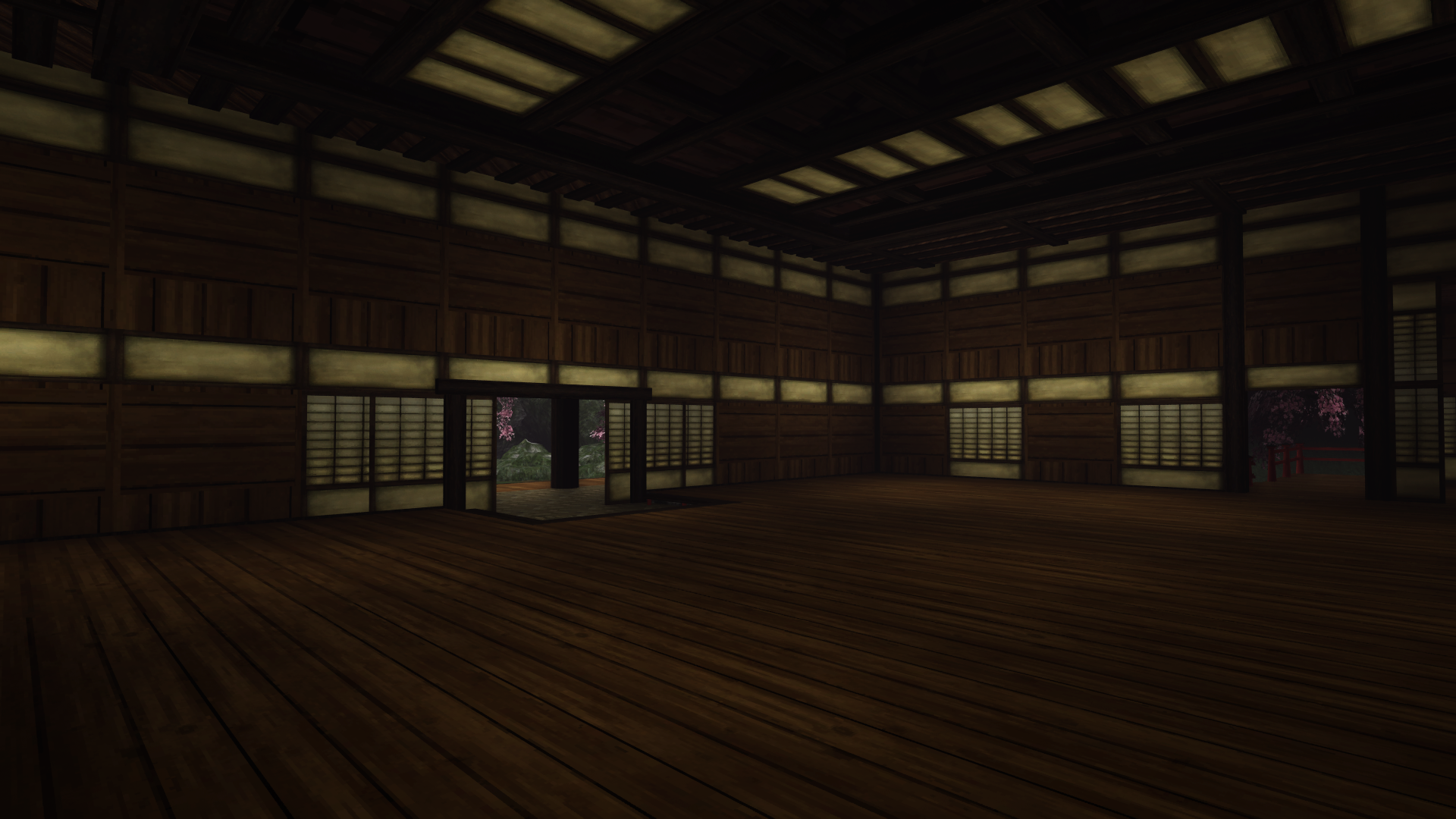
Leverage Indexers for Real-Time Game State: Use MUD’s general-purpose indexers or Dojo’s Torii for low-latency, high-performance GraphQL and GRPC interfaces. These enable real-time rendering and efficient querying of on-chain game state.
-
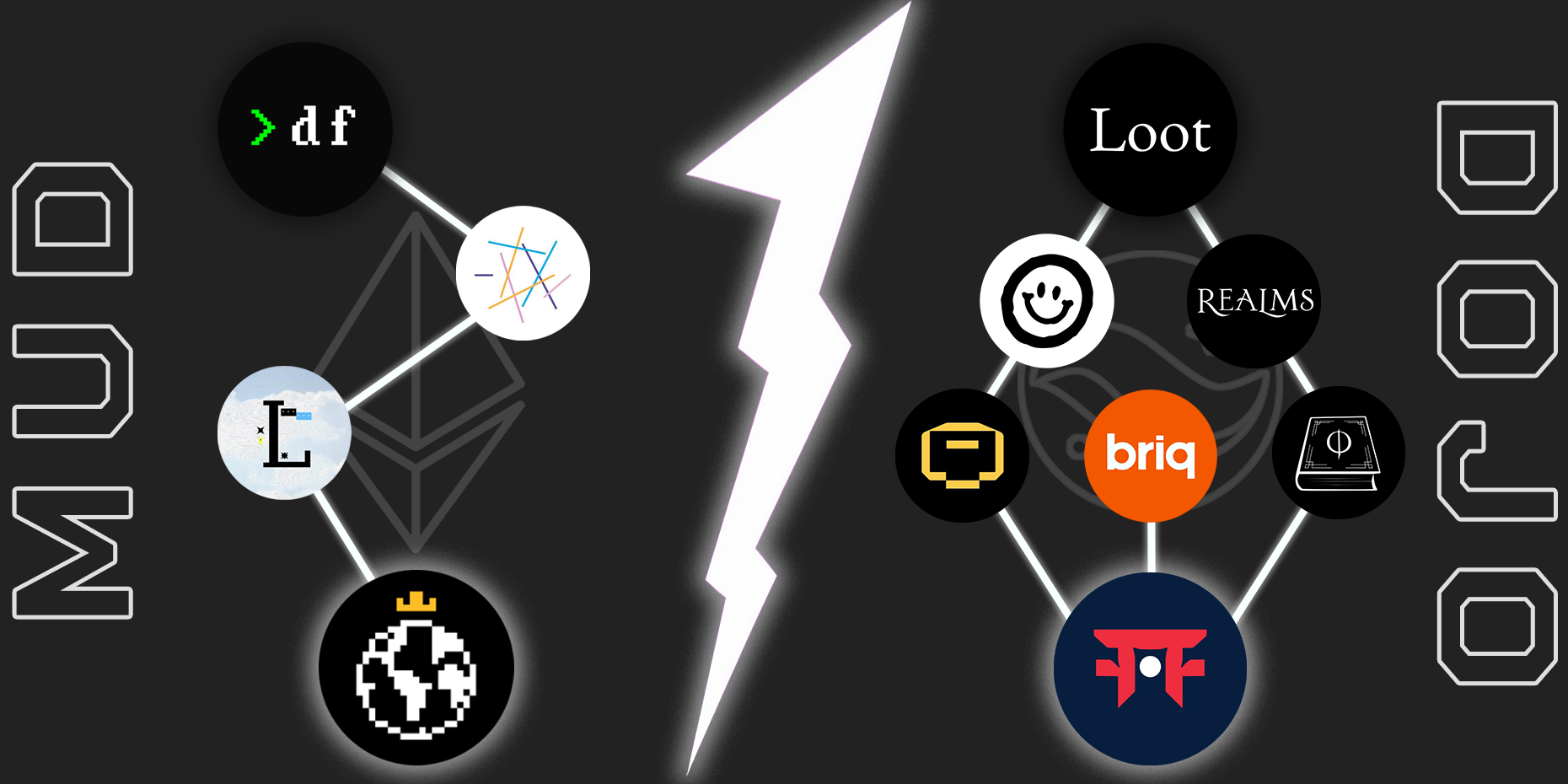
Join Developer Communities and Open-Source Projects: Engage with active communities on MUD Discord and Dojo Discord. Contributing to open-source projects or participating in hackathons like ETH AW can accelerate learning and connect you with experienced developers.
-
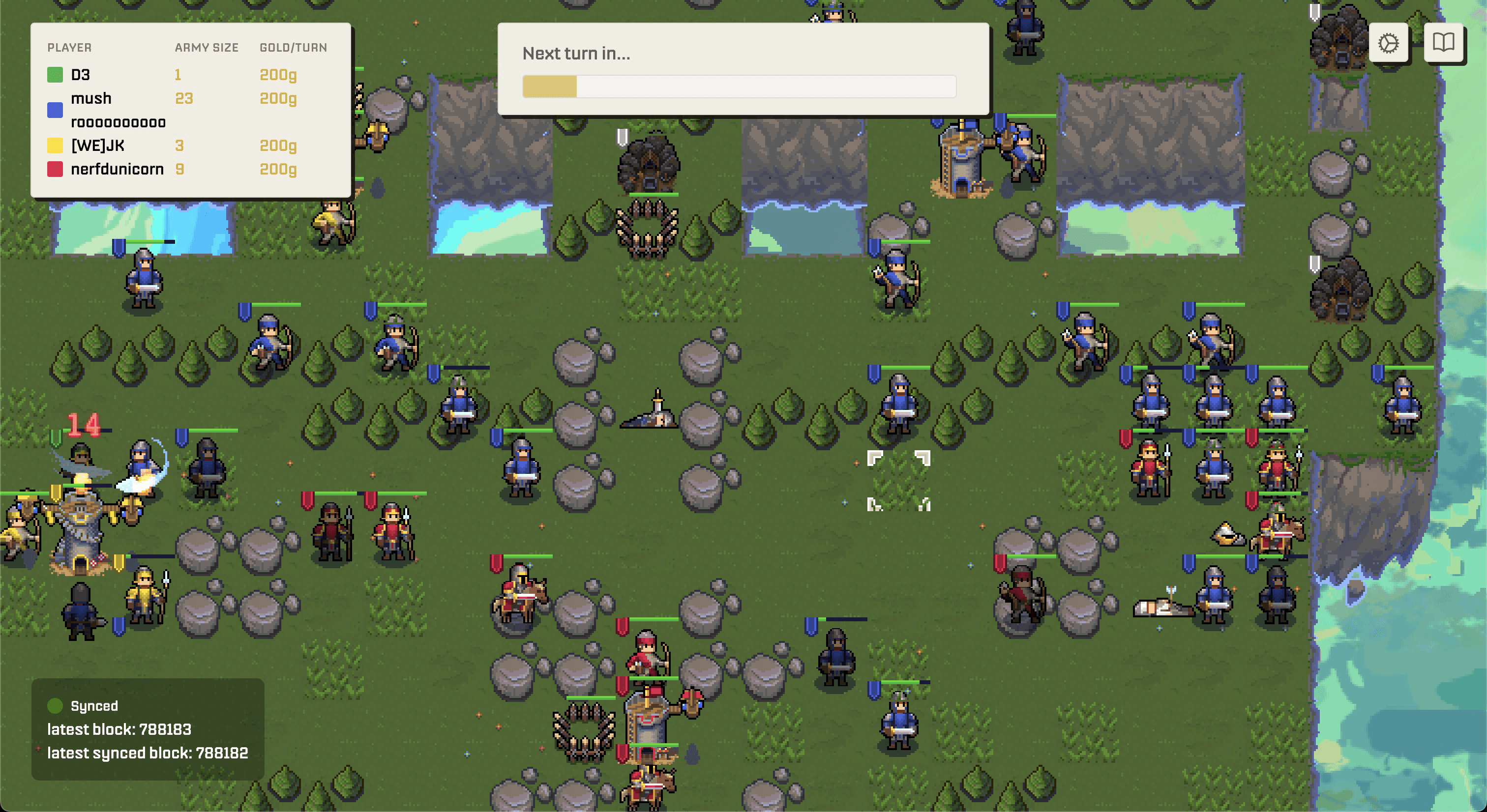
Study Existing Fully On-Chain Games: Analyze live projects built with these frameworks, such as Sky Strife, Kamigotchi, and Muddy Forest (MUD), or BibliothecaDAO (Dojo). Reviewing their codebases and gameplay can offer practical insights and inspiration.
-
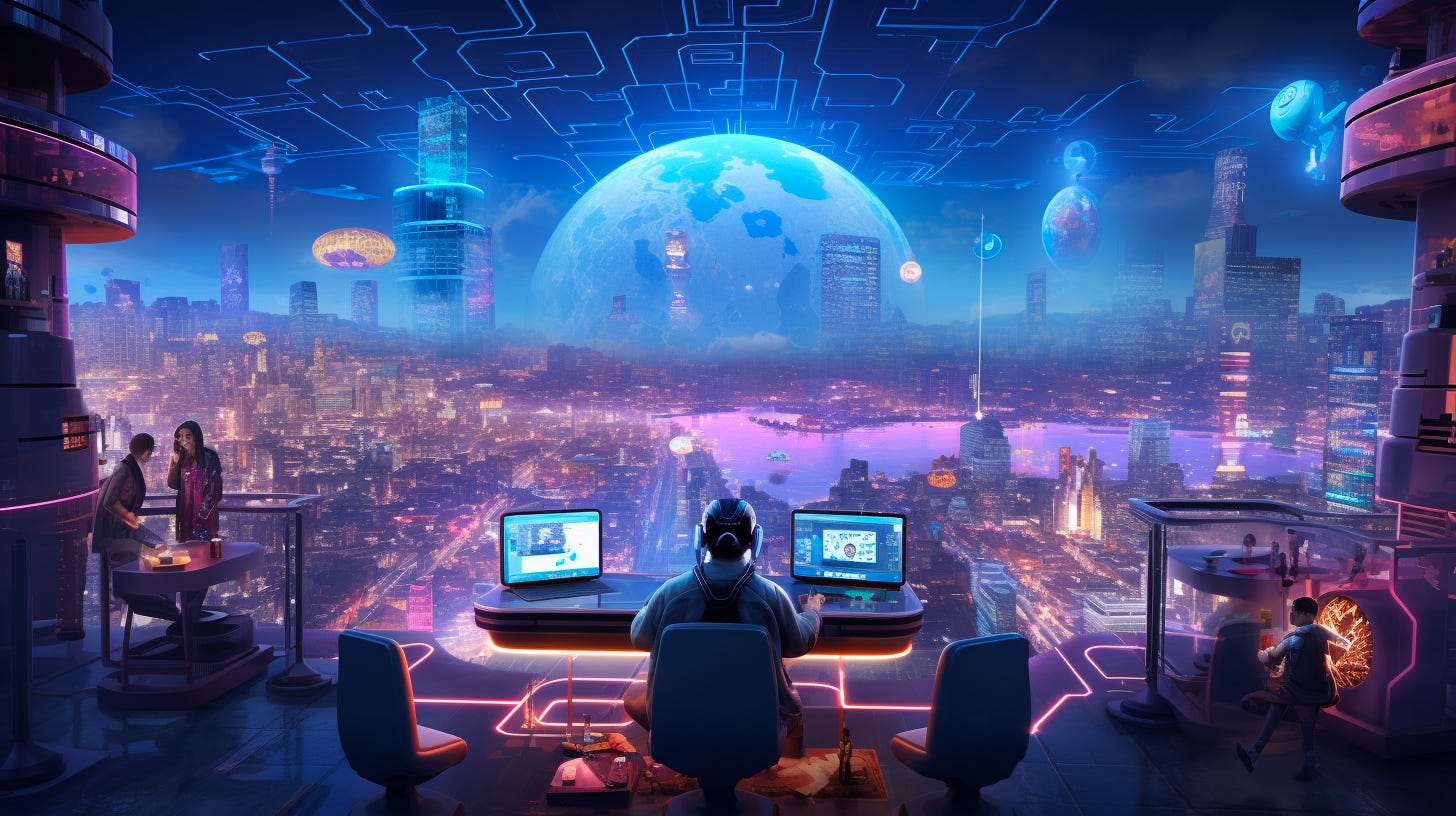
Test Locally Before Mainnet Deployment: Use development environments like Dojo’s Katana sequencer or MUD’s local dev tools to simulate game logic and interactions before deploying to mainnet. This helps catch issues early and optimize performance.
The Road Ahead: Autonomous Worlds at Scale
The next 12 months will likely see an explosion of new worlds powered by MUD framework on-chain games and Dojo framework blockchain gaming tools. As more teams embrace composability and transparency as design primitives, not afterthoughts, the line between player and creator will blur further. Expect richer economies, deeper social structures, and emergent gameplay driven as much by communities as by code.
This isn’t just about better tech, it’s about reimagining what it means to play (and build) together in Web3. The future belongs to those who dare to create it, on chain, out loud, for everyone.



